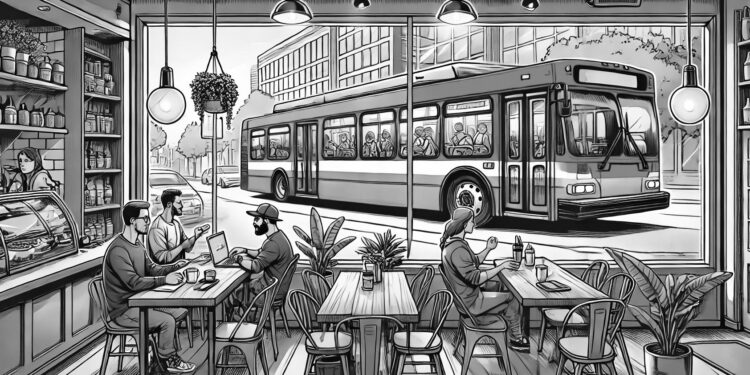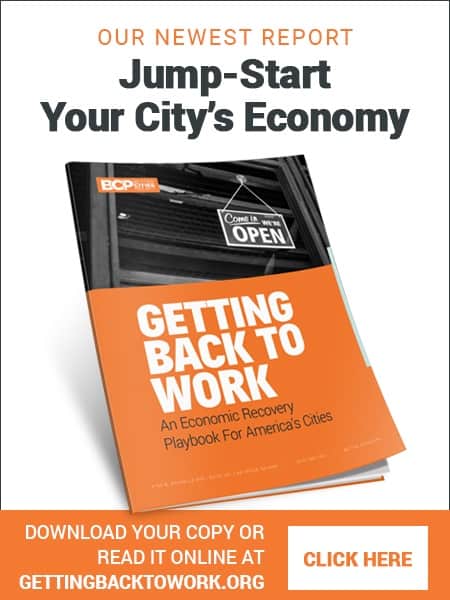Holder outlines how the traditional 9-to-5 commute has given way to something far less predictable, with remote work reducing peak-hour traffic in some cities while spreading travel demand throughout the day. This shift has profound implications for public transit systems, urban infrastructure, and even the future of city centers. As Holder observes, “The pandemic didn’t end commuting. It just made it weirder.”
Public transit systems—already underfunded in many parts of the country—are struggling to adapt. Declines in ridership during the pandemic have left transit agencies with diminished revenue, forcing them to reimagine service patterns or face deeper budget shortfalls. Holder highlights examples like New York City’s subway system, which is still working to recover from a 50% drop in ridership during the pandemic. Meanwhile, in smaller metros, reduced ridership has often meant cuts to bus routes, further isolating communities that rely on public transit.
Holder points to another critical factor: hybrid work. As offices stagger in-person days, peak commuting times have spread out, disrupting the traditional logic behind transit schedules and roadway design. This is particularly significant for cities that invested heavily in infrastructure predicated on dense, predictable flows of workers into and out of downtown cores. “It’s no longer a simple matter of planning for rush hour; we’re seeing a daily rhythm that’s harder to anticipate,” Holder writes.
The effects of remote work extend beyond transit. In cities like San Francisco, reduced office use has contributed to rising vacancies in commercial real estate and questions about how to repurpose downtown spaces. This is a recurring theme across urban America: What becomes of a city when its commuting workforce stays home?
For policymakers, the challenge is daunting. Urban areas face tough choices about where to invest their limited resources. Should cities double down on transit in hopes of attracting riders back? Or should they shift focus to other transportation modes, such as bike lanes and pedestrian infrastructure, to accommodate changing habits? Holder reports that some transit agencies are experimenting with microtransit or on-demand services in less dense areas—a potential silver lining for transit-dependent populations.
As I’ve written before, cities thrive when they deliver the basics well, and transportation is one of the most fundamental services a city can provide. But meeting that standard means understanding the trade-offs. Should cities continue pouring money into transit systems designed for a past that no longer exists, or should they take the harder step of adapting to a more fragmented commuting future?
Holder’s article underscores the importance of engaging in honest, evidence-based debates about how cities evolve in the face of change. While the solutions aren’t obvious, the stakes couldn’t be higher. Transportation isn’t just about getting from point A to point B; it’s about fostering economic opportunity, social connectivity, and the vitality of urban life.
For those of us who love cities, Holder’s report is a reminder that adapting to change is never easy, but it is necessary. As she aptly puts it, “The future of commuting is murky, but the need for solutions is as clear as ever.”
Let’s hope cities rise to the challenge.









